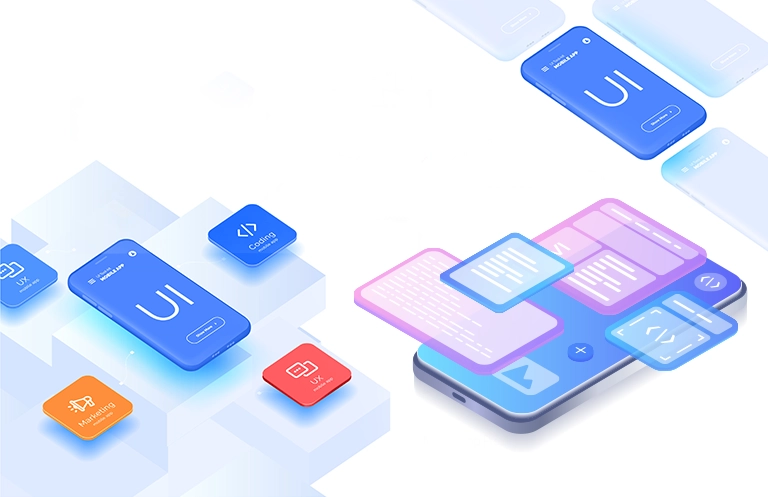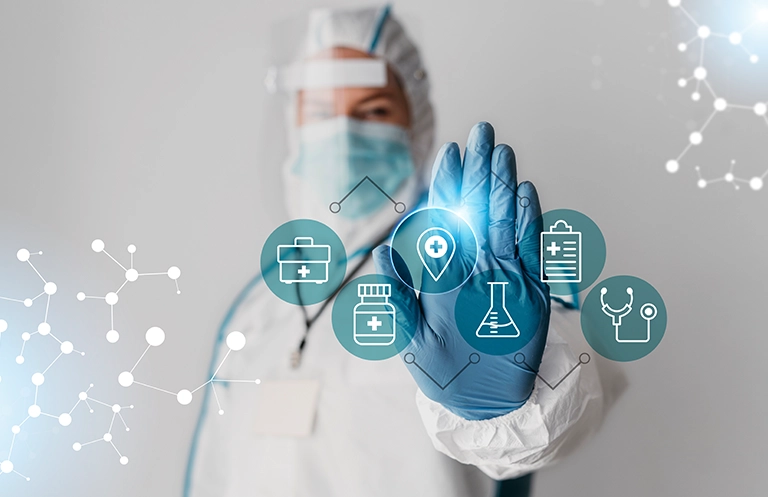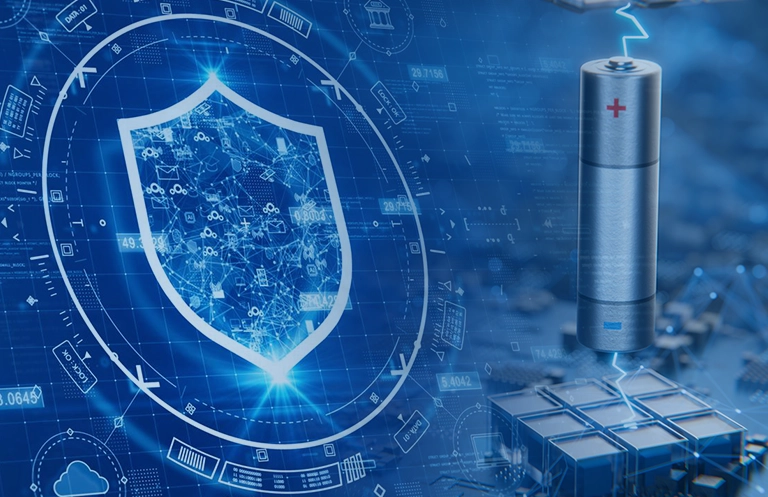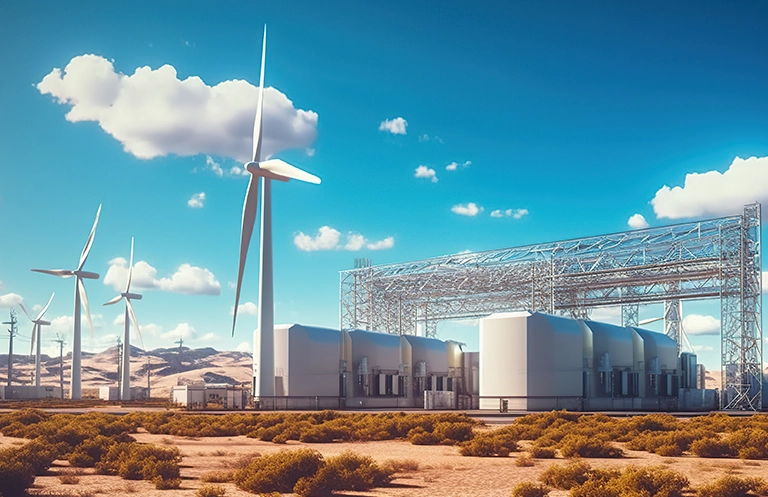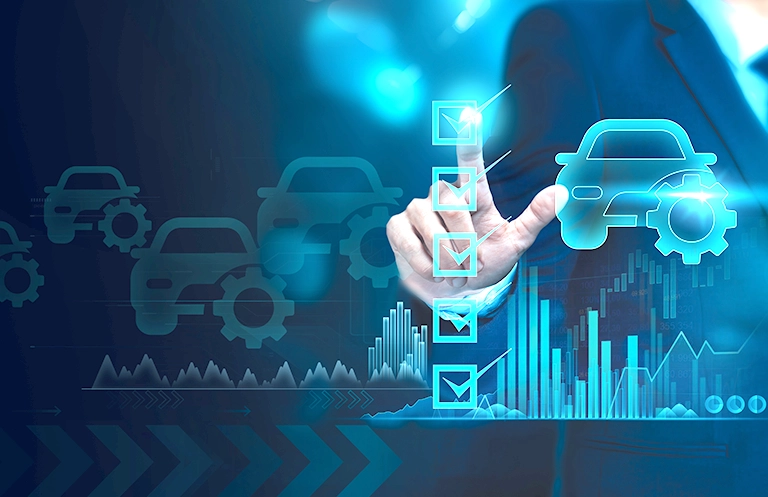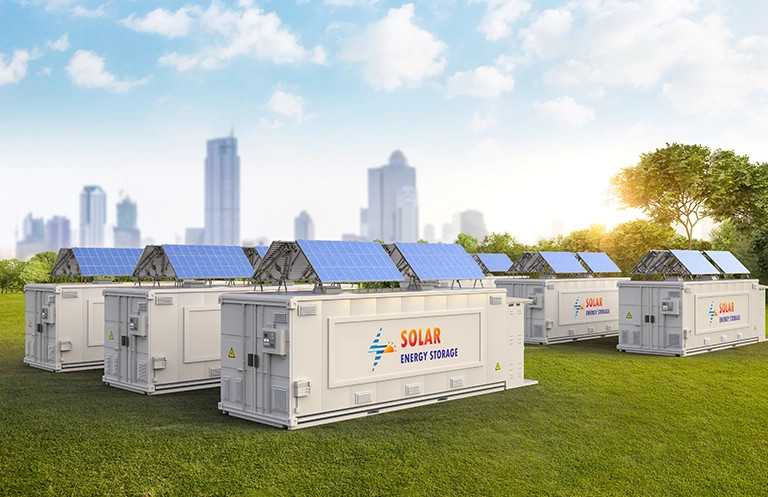One component that helps in improving the success ratio of the Internet of Things is Cloud Computing. The Internet of Things & Cloud Computing are related as Cloud computing enables users to perform computing tasks using services provided over the Internet. These are true technologies that will provide immense benefits to users in the future. As mentioned above, Cloud computing allows companies to store and manage data over cloud platforms, providing scalability in delivering applications and software as a service. Also, Cloud computing allows data transfer and storage through the internet or with a direct link that enables uninterrupted data transfer between devices, applications, and the cloud.
Role of Cloud Computing in IoT:
RELATED BLOG
The Internet of Things (sensors, machines, and devices) generates a huge amount of data per second. Cloud computing helps in storing and analyzing this data to provide the maximum benefits of an IoT infrastructure. To create high visibility, IoT solutions should connect and allow communication between things, people, and processes, and cloud computing.
IoT is just not limited to functions of data gathering, systems connectivity, storage, and analytics. It also helps in the modernization of operations by connecting legacy & smart devices, and machines to the internet, and reducing the barriers between IT and OT teams with a unified view of the systems and data.
With cloud computing, organizations do not have to deploy extensive hardware or configure and manage networks & infrastructure in IoT deployments. Cloud computing also enables enterprises to scale up their infrastructure, depending on their needs, without setting up additional hardware and infrastructure. This not only helps speed up the development process but can also cut down on development costs. Enterprises won’t have to spend money to purchase and provision servers and other infrastructure since they only pay for the consumed resources.
IoT and cloud computing for Future Internet
The question however remains how the devices will remain interconnected throughout. The answer lies in IoT based cloud services. Higher usage of the IoT in the cloud has acted as a catalyst for the development and deployment of scalable Internet of Things applications and business models. Cloud computing and IoT have become two very closely affiliated future internet technologies. There are several benefits that the convergence of IoT and Cloud computing has derived.
How Cloud Services Benefit an IoT Ecosystem:
There are several cloud services and platforms that play different roles in the IoT ecosystem. Some of the platforms also come with inbuilt capabilities like machine learning, business intelligence tools, and SQL query engines to perform complex analytics. Let us understand how these cloud services and platforms benefit an IoT ecosystem.
Cloud Platform for Device Lifecycle Management:
Enterprises create applications and software through cloud services (SaaS), which can connect devices and enable device registration, on-boarding, remote device updates, and remote device diagnosis in minimal time with a reduction in the operational and support costs. Cloud introduces DevOps within the IoT ecosystem, which helps organizations automate many processes remotely. As more and more devices get connected, the challenges with data security, control, and management become critical. Cloud services enable IoT remote device lifecycle management that plays a key role in enabling a 360-degree data view of the device infrastructure. Certain cloud providers offer multiple IoT device lifecycle tools that can ease the update and setup of firmware and software over the air (FOTA).
Application Enablement Cloud Platform:
Cloud enables application development with portability and interoperability, across the network of different cloud setups. In other words, these are the intercloud benefits that businesses can take advantage of. Intercloud solutions possess SDKs (Software development Kits) on which enterprises can create their application and software without worrying about the backend processes.
Enterprises can run and update applications remotely, for example, Cisco is providing the application enablement platform for application hosting, update, and deployment through the cloud. Enterprises can move their applications between cloud and fog nodes to host the applications and analyze & monitor the data near the critical systems.
Many cloud service providers are focusing on building the cloud environment on the basis of OCF standards so that it can interoperate smoothly with the majority of applications, appliances, and platforms, that will allow D-to-D (device-to-device) M-to-M (machine-to-machine) communication. Open Connectivity Foundation (OCF) standardization makes sure that the devices can securely connect and communicate in any cloud environment, which brings in the interoperability to the connected world.
Digital Twins:
Device shadowing or digital twins is another benefit that an enterprise can avail through cloud services. Developers can create a backup of the running applications and devices in the cloud to make the whole IoT system highly available for faults and failure events. Moreover, they can access these applications and device statistics when the system is offline. Organizations can also easily set up the virtual servers, launch a database, and create applications and software to help run their IoT solution.
Types of Cloud Computing Models for IoT Solutions
There are three types of cloud computing models for different types of connected environment that are being commonly offered by cloud service providers. Let’s have a look:
- It offers virtual servers and storage to the enterprises. Basically, it enables the access to the networking components like computers, data storage, network connections, load balancers, and bandwidth.
- Increasing critical data within the organization lead to the security vulnerabilities and IaaS can help in distributing the critical data at different locations virtually (or can be physical) for improving the security.
- It allows companies to create software and applications from the tools and libraries provided by the cloud service providers.
- It removes the basic needs of managing hardware and operating systems and allows enterprises to focus more on the deployment and management of the software or applications.
- It reduces the worry of maintaining the operating system, capacity planning, and any other heavy loads required for running an application.
- It provides a complete software or application that is run and maintained only by the cloud service provider.
- Users just have to worry about the use of the product, they don’t have to bother about the underlying process of development and maintenance. Best examples of SaaS applications are social media platforms and email services.
Apart from these, cloud service providers are now offering IoT as a Service (IoTaaS) that has been reducing the hardware and software development efforts in IoT deployment.
Example of implementing cloud computing set-up in a connected-factory:
There are different sensors installed at various locations of an industrial plant, which are continuously gathering data from machines and devices. This data is important to be analyzed in real-time with proper analytics tools so that the faults and failures can be resolved in minimal time, which is the core purpose of an industrial IoT ecosystem. Cloud computing helps by storing all the data from thousands of sensors (IoT) and applying the needed rule engines and analytics algorithms to provide the expected outcomes of those data points. For more detailed insights, you can check out cloud computing brochure.
Now, the query is which cloud computing model is good for industrial plants? The answer cannot be specific, as every cloud computing model has its own applications according to the computing requirement.
Leading Cloud Services for IoT Deployments
Many enterprises prefer to have their own cloud platform, within the premises, for security and faster data access, but this might not be a cost-effective way as there are many cloud service providers who are providing the cloud services on demands, and enterprises just have to pay for the services which they use.
At present, Amazon Web Services (AWS) and Microsoft Azure are the leading cloud service providers. Let’s see the type of cloud platforms and services AWS and Microsoft Azure provide for IoT implementations
AWS IoT Services
AWS has come up with specific IoT services such as AWS Greengrass, AWS lambda, AWS Kinesis, AWS IoT Core, and a few other cloud computing services, which can help in IoT developments.
AWS IoT Core is a managed cloud platform that allows devices to connect easily and securely with cloud and other devices. It can connect to billions of devices, store their data, and transmit messages to edge devices, securely.
AWS Greengrass is the best example of an edge analytics setup. It enables local compute, messaging, data caching, sync, and ML inference capabilities for connected devices in a secure way. Greengrass ensures quick response of IoT devices during local events, which reduces the cost of transmitting IoT data to the cloud.
AWS Kinesis enables data streaming that can continuously capture the data in terabytes per hour.
AWS Lambda is a compute service that lets you run code without provisioning or managing servers. It executes code only when required and scales automatically from a few requests per day to thousands per second.
AWS DynamoDB is a fast, reliable, and flexible NoSQL database service that allows enterprises to have millisecond latency in data processing, enabling quick response from applications. It can scale up automatically due to its throughput capacity, which makes it perfect for gaming, mobile, ad tech, IoT, and many other applications.
RELATED BLOG
AWS Shield is a managed Distributed Denial of Service (DDoS) protection service that safeguards applications running on AWS. It provides automatic inline mitigation and always-on detection that minimize the application downtime and latency. This is why there is no need to engage AWS Support to benefit from DDoS protection. There are two tiers of AWS Shield — Standard and Advanced.
Microsoft Azure IoT Services:
Microsoft has come up with many initiatives in the field of IoT, providing industrial automation solutions, predictive maintenance, and remote device monitoring, etc. It is also providing services like Azure service bus, IoT hub, blob storage, stream analytics, and many more.
Azure Stream Analytics provides real-time analytics on the data generated from the IoT devices with the help of the Azure IoT Hub and Azure IoT Suite. Azure stream analytics is a part of the Azure IoT Edge that allows developers to analyze the data in real-time and closer to devices, to unleash the full value of the device generated data.
Azure IoT Hub establishes bidirectional communication between billions of IoT devices and cloud. It analyzes the device-to-cloud data to understand the state of the device and takes actions accordingly. In cloud-to-device messages, it reliably sends commands and notifications to connected devices and tracks message delivery with acknowledgment receipts. It authenticates devices with individual identities and credentials that help in maintaining the integrity of the system.
Azure Service Bus is a great example of cloud messaging as a service (MaaS). It enables on-premises communication between devices and cloud in the offline conditions also. It establishes a reliable and secure connection to the cloud, and ability to see and monitor activities. Apart from this, it protects applications from temporary spikes of traffic and distributes messages to multiple independent back-end-systems.
RELATED BLOG
Azure Security Centre is a unified security management and threat protection service. It monitors security across on-premises and cloud workload, blocks malicious activities, advanced analytics system to detect threats and attacks, and also can fix vulnerabilities before any damages.
eInfochips has partnered with AWS and Microsoft Azure for providing a robust IoT solution to enterprises. Our IoT Gateway Framework can collaborate with multiple cloud service providers to maximize the advantages of the cloud solutions for IoT systems. With our edge and fog computing expertise in IoT gateway, we help IoT solution providers to optimize their computing infrastructure by distributing load between the cloud and edge devices in an intelligent way through our ready-to-use dynamic rule engine or custom solutions.
To know more, download the brochure or contact us now.


